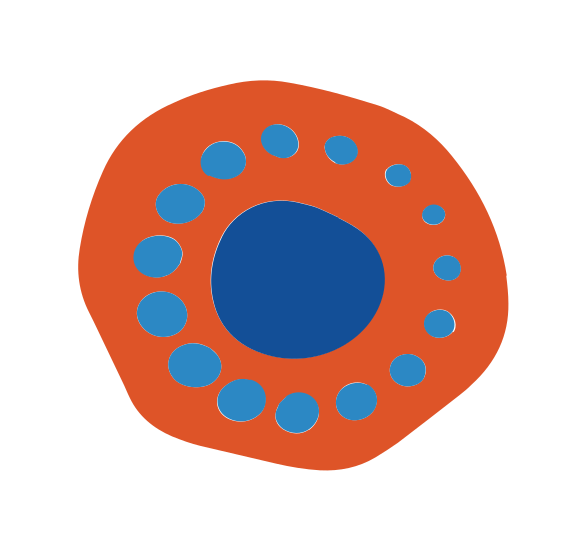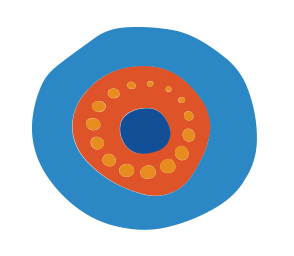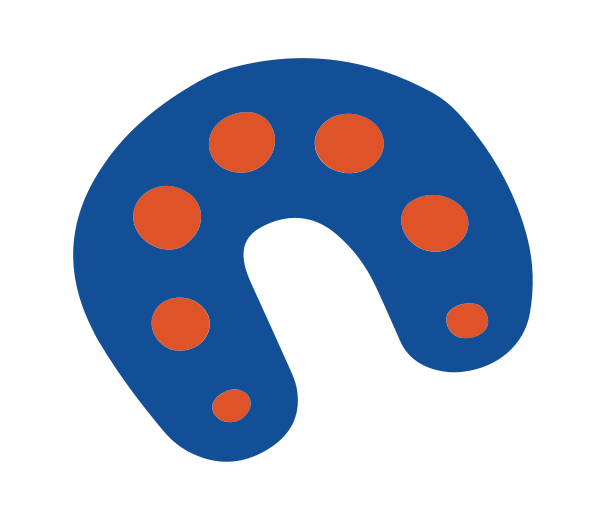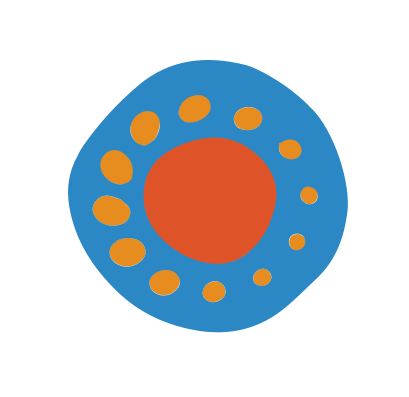With Child Protection Week recently taking place, we wanted to shine a light on the work our amazing team is doing to support Aboriginal families and reduce the number of Aboriginal children and young people in out-of-home care (OOHC).
Keeping Them Safe
Due to the severe over-representation of Aboriginal children in the child protection system, the NSW Government has established a range of initiatives its under its Keep Them Safe: A shared approach to child wellbeing action plan.
The aim of these initiatives is to increase support for Aboriginal children and their families and to better support practitioners in engaging early with Aboriginal families to identify tailored solutions for families.
Protecting Aboriginal Children Together (PACT) is one such initiative, which aims to develop locally-driven service models that empower and actively engage with the unique needs of Aboriginal families and their communities, with the goal of ensuring the safety and wellbeing of their children.
Narang Bir-rong’s Family Preservation Program is one such service model, run for and by Aboriginal people.
Family is Culture Review
The Family is Culture Review Report (2019), the first independent review focusing specifically on Aboriginal families and their interaction with the child protection system in NSW, examined the high rates of Aboriginal children and young people in out-of-home care (OOHC) in NSW, and the harmful consequences this has in both the short and long term.
The review highlights how these harms perpetuate the cycle of disadvantage and the importance of grassroots advocacy by the Aboriginal community in this area and provides government recommendations for change.
Central to the findings of the review is that there are numerous opportunities for intervention, prevention and diversion services.
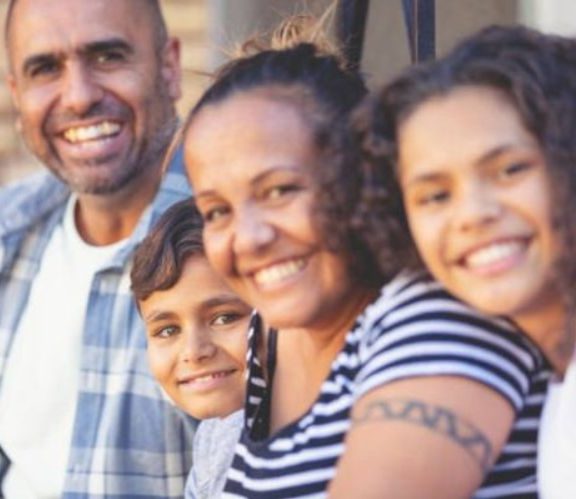
The need for trauma-informed, dignity driven and culturally appropriate services before removals, as well as during, is essential in order to support family restoration and promote alternatives to removal.
Educating all involved about their rights and responsibilities at each particular stage can empower Aboriginal children, parents and families. Self-determination will go a significant way to addressing this issue, but a proper definition, understanding and implementation of self-determination practices are essential.
A central message of the report is that there are several ‘levers’ of change that can, and should, be focused on in order to reduce the number of Aboriginal children in OOHC.
Firstly, reducing the number of entries into care, through early intervention strategies, reform of prenatal reporting and halting of newborn removals is essential. By supporting expectant parents, finding alternatives to removal (such as parental responsibility contracts and temporary care arrangements) and changing the way children are removed, there is a significant opportunity to not only reduce the number of children in care but encourage the development of strong families.
Secondly, the report strongly encourages the implementation of the Aboriginal Child Placement Principle (the ACPP), which includes five elements: prevention, partnership, placement, participation and connection.

While prevention includes early intervention strategies, the principle of partnership highlights the importance of a partnership between the State Government and Aboriginal community members in decisions surrounding child protection policies, strategies and services, as well as in decision making about individual children.
The placement principle highlights the issues that contribute to non-compliance, poor family finding, and poor casework practices that result in potential carers being ignored or overlooked.
A culturally appropriate carer assessment tool, developed in partnership with the Aboriginal community, is recommended.
The participation and connection principles highlight the importance of both parents, kin and children in the process, as the current approach is not culturally appropriate or safe for Aboriginal participants. The connection of Aboriginal children in OOHC to family, community, culture and country is integral to their overall health and wellbeing.
The final ‘lever’ of change is to increase exits from care and restore Aboriginal children to their families. Removing the barriers to restoration, such as a lack of appropriate services, unclear restoration processes, unrealistic restoration goals and a lack of adequate and appropriate housing, will dramatically increase the number of children who are able to return to their families.
We’re here to support you
At Narang Bir-rong, family preservation is at the core of everything we do. Our Family Preservation program focuses solely on helping build strong, well-functioning families, by providing resources and support that educate and empower both parents and children.
We work closely with vulnerable families in our community to help parents and children realise their strengths, build confidence in their own abilities and improve their competence.
We believe in providing a holistic service that focuses on the individuality of each child or young person, with a tailored focus on their health, education, social, cultural and emotional needs.

At Narang Bir-gong, we offer tailored services to meet the needs of each individual child, young person or family, through:
- Case management
- In-home support
- Casework focused on parent vulnerabilities
- Structured home visiting
- Parenting programs, and
- Brokerage funding.
Our Family Preservation program is just one of Narang Bir-rong’s Aboriginal family programs that are working to provide the best future for our kids and healing the wrongdoings of the past.
Our amazing caseworkers and program managers are committed to helping build strong, well-functioning families, where children can live safe from abuse and neglect and experience improved wellbeing and better physical, social, emotional and educational outcomes.
By working in partnership with families and offering culturally appropriate support, we are able to keep many families together or to reunite through restoration, and reduce Indigenous over-representation in OOHC by keeping our kids safe at home.
If you’d like to learn more about our Family Preservation Program, or our Aboriginal Foster Care Program, contact Narang Bir-rong.


